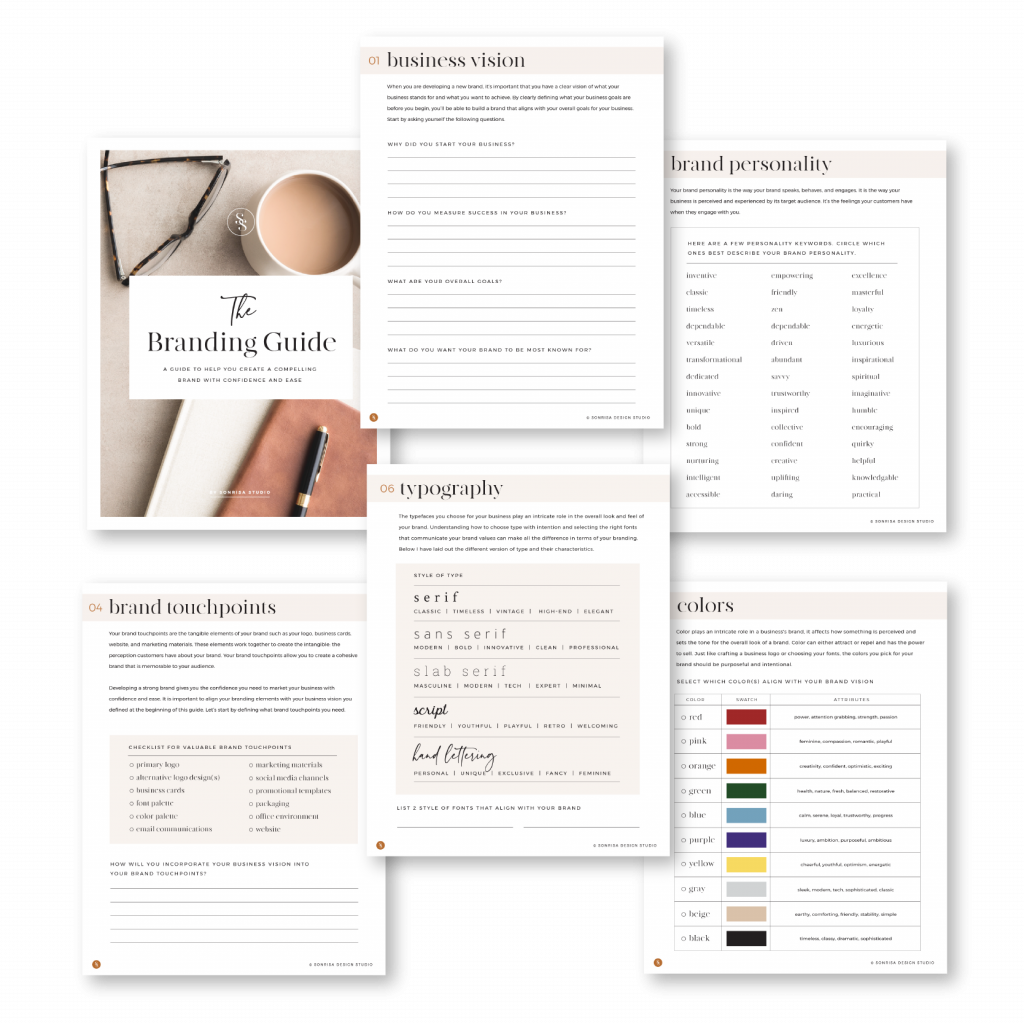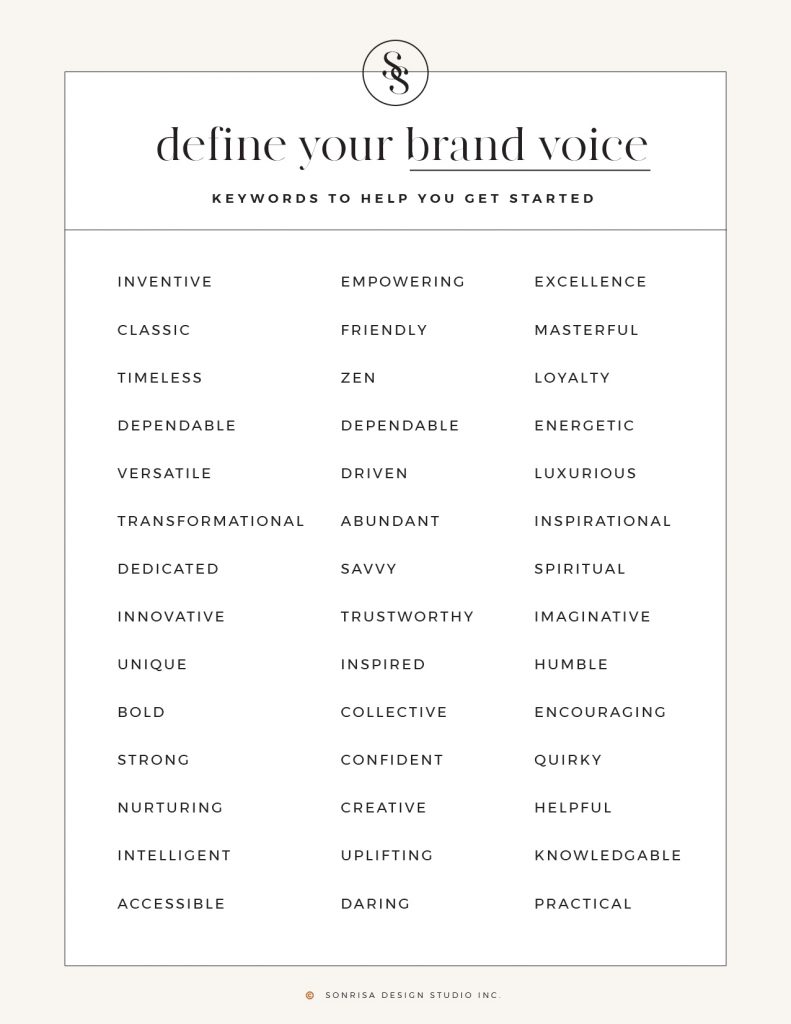
Category:
How to Define Your Brand’s Personality
People’s qualities and characteristics determine how you feel about them. Similarly, your brand’s personality shapes people’s opinion of your brand. Your brand’s personality is how your brand connects with your target audience and how they will perceive you.
Developing a brand personality is essential to make sure you are attracting the right people. Here are some helpful tips for defining your brand’s personality.
Why Brand Personality is Important
Think about your favorite brands: the ones you follow, engage with, and support. What is it about them that you like? At some point, you developed an affinity for who they are. They draw you to them with how they present themselves. Their brand personalities appeal to you.
Your brand’s personality dictates the ways your brand speaks, behaves, and interacts with new and prospective customers. So, it should be prominent throughout your website, copy, imagery, packaging, customer service, blog posts, and everything you share on social media.
Business Vision
Your first step to establish your brand’s personality is to define your business vision. Your business vision is a great place to start. That is because it is the foundation of every decision you make for your business. It’s who you are, what you stand for, and what you want it to achieve.
Think about why you started your business. How do you measure success? What are your big-picture goals? What do you want your brand to be known for? With a clear vision, you can ensure your brand’s personality is consistent with your business’s overall plans.
Ideal Audience
Your ideal audience is the specific group of people you want to reach. Defining who they are lets you shape your brand’s personality to sync with their lifestyles, wants, and values. When you understand your ideal audience, you can understand the best content to create and the best channels to reach them.
If you’re not sure who exactly your ideal audience is, consider who your most ideal client is and what their interests are. What value can you provide them, and why should they choose to work with you? The more detailed you get in defining your ideal audience, the better you will be at reaching them and planning your marketing efforts accordingly.
Brand Voice
Your brand voice is the embodiment of your brand’s personality. Therefore, every piece of written content should carry the tone with which you would speak to your ideal client. While your communication should be targeted, it should also be in your voice. Your audience is much more likely to engage with you if that interaction feels genuine.
Your brand voice is essential to attracting your target audience. It builds a strong relationship with them. To develop your brand voice, describe how you want to sound to your audience. Here is a list of words to get you started.
Brand Touchpoints
Your brand touchpoints are the tangible elements of your brand, and you should infuse them with your brand’s personality. For example, these include things like your logo, business cards, website, and marketing materials. Together, all of your brand elements create the intangible: the perception customers have about your brand.
Likewise, your brand touchpoints allow you to create a cohesive brand that is memorable to your audience. This list of brand touchpoints will help you cover all your bases.
- primary logo
- alternative logo design(s)
- business cards
- font palette
- color palette
- email communications
- marketing materials
- social media channels
- promotional templates
- packaging
- office environment
- website
Consistency
Consistency with your messaging and your brand’s visual components can shape a positive perception of your brand. It helps differentiate you from the competition.
The more consistent you are in your branding, the more awareness and credibility you’re building with your audience. Consistency creates reliability, which generates more trust and willingness to work with you.
 In conclusion, your brand’s personality is the key to how your business is perceived and experienced by your target audience. With careful consideration of the branding elements I’ve described, you can make sure your brand’s personality aligns with the goals you have for your business.
In conclusion, your brand’s personality is the key to how your business is perceived and experienced by your target audience. With careful consideration of the branding elements I’ve described, you can make sure your brand’s personality aligns with the goals you have for your business.
For more on creating a compelling brand, be sure to check out The Branding Guide. Not only is it new and improved, but it has helpful tips, lists, and resources for developing a brand you can be confident in. Click here to download it today.
CREATIVE RESOURCES
CURATED JUST FOR YOU
Done-for-you color palettes, font pairings, and image mood boards for elevating your Canva designs.
access style library
Shop our collection of DIY logo designs crafted in Canva to easily customize and make your own.
view all the kits
Learn to design a professional brand for your business with helpful creative courses.
view courses
Canva Brand Kits
Elite Style Library
Creative Courses
Does your brand have what it takes to
make an impact?
Download The Ultimate Branding Checklist to find out.
free resouRce
